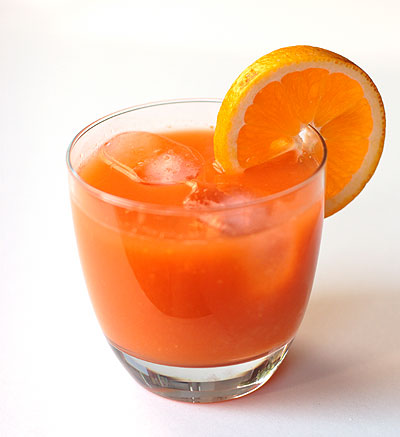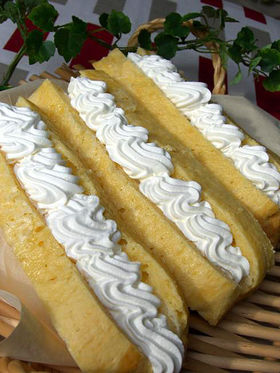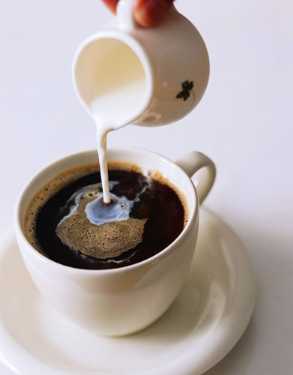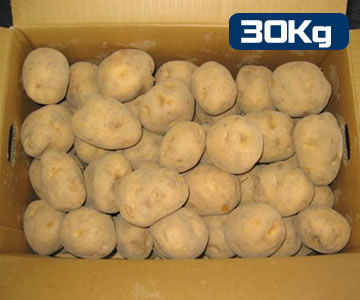You have to be a particularly cold-hearted person not to fall in love with the Japanese rail system. The way it all runs on time (barring natural disaster or extreme personal injury). The way local train routes overlap in order to make long distance travel cheap. The comfort and service of the limited express trains. The sheer speed of the shinkansen.
One of my personal favorite parts of the JR system is the array of services you can find within the station gates. Shopping, food, personal hygiene. It amazes me that there is enough demand for these services inside stations. It’s hard enough to run a restaurant outside of a station. Although I guess the foot traffic alone makes a station the ideal place for a business.
I recently spent 12 hours over two days in search of beer within the station gates on the Yamanote Line. The rules? Konbini beer does not count. Preference for draft beer. Must not leave station gates.
Here is what I found:
JR Station Pub Crawl – Yamanote from Daniel Morales on Vimeo.
Shimbashi – Goody De Cafe is on the lower level of the Karasumori Exit (might be called the Shiodome Exit?) just before heading down to the Yokosuka line. They have Guiness in a can and that silly machine that shakes the pint to foam it up a bit. Assorted snacks and some other beer on tap, too. Open from breakfast onward on weekdays and Saturday (closes early afternoon on Saturday).
Tamachi – Becker’s is by the South Gate, and they have Kirin Ichiban Shibori on tap in addition to the standard menu of burgers and sandwiches. I was surprised a station as small as Tamachi had a restaurant with beer, although it later became obvious that real estate must be pricy at some of the bigger stations, so perhaps it actually makes more sense that a station like Tamachi has one.
Shinagawa – Shinagawa Station has several beer options including sushi and some actual sit down restaurants (all near the Central Exit). There is an eCute shopping center as well, which is where the cafe Paul is located. They have most excellent pastries (cheese bread in the video), Heineken on tap, and patio seating. Definitely one of the classiest places to get a beer in Yamanote Line stations.
(Yes, giant jump here from Shinagawa to Ikebukuro. I checked pretty much all of the stations and was surprised to find no beer-serving restaurants, although I feel like Ebisu and Shinjuku probably have them somewhere. If you can confirm any beer-serving restaurants, I’ll add them to the 号外 list below. Send a pic and I’ll put that up, too.)
Ikebukuro – London Pub is by the Chuoguchi 1. (That’s what I wrote down, but I was drinking and it was a month ago, so it might be Central 1.) Loved this place because it had Bass on tap in addition to a couple of other beers and a variety of little snacks. I had the tortilla chips. Reminded me of a HUB Pub miniaturized to fit within the station, and I wouldn’t be surprised if it was connected to that chain.
Tabata – Sanuki Udon are common within stations, but not all of them serve beer. The one in Tabata Station by the North Gate has it on tap along with their standard menu of noodle dishes. Unsure if the beer was Asahi Superdry or a happoshu offering like Honnama. Not much else to say about this one.
Uguisudani – Another small station with a sad little Ajisai Soba/Udon restaurant. They had cans of Asahi Superdry, so I gave it a go. It’s actually kind of pleasant to sit up on the quiet second floor and look out over the train tracks and buildings. Walking through the walkways of the station you can also get a good view of the nearby cemetery.
Ueno – Ueno Station might have the most options in terms of beer. There are several large sit-down restaurants, including Chabuzen which is by the Iriya Exit. Mostly grilled/fried meats and seafood, but as is clear from the video they also have some decent set meals, including sara-udon, one of my favorites since visiting Nagasaki a couple years ago.
Okachimachi – Ramen Suika is by the North Exit and has super frosty glasses of Sapporo in addition to their ramen and gyoza menu. Just across the way from Ramen Suika is a small Italian restaurant that also has beer. Excellent representation for such a small station.
Akihabara – Akihabara Station also has good representation near the Central Exit including a nice curry restaurant and a couple of soba/udon places. I went with Nama Soba near the Showa-dori Exit because it was the only restaurant I saw that is actually inside and outside the station at the same time. There’s a divider in the middle of the eating area that separates the two (that’s what the beer is resting on in the video), but the kitchen is just one big area. Very cool. Judging from the posters, they serve Superdry.
Kanda – Elysee Cafe and Dining Bar was the uncelebrated gem of the restaurants I went to. It’s in the basement of the South Exit and is actually surprisingly expansive once you descend the stairs. They have a very respectable selection of whiskey, shochu and nihonshu in addition to wine and lots of beer – Suntory Premium Malts and one other Japanese beer on tap, and Guiness and Corona in bottles. Draft beer and a lot of the liquors are half off on Wednesdays and Fridays, which means you can get a decent sized glass of Premium Malts for 325 yen! They also have a reasonably priced food menu with lots of choices.
Tokyo – As you’d expect, Tokyo Station has a lot of choices for beer and sit down restaurants (some of my favorites are in Tokyo GranSta in the basement), but the best beer on tap is by far Gargery Stout at Tokyo Grand Cafe which is right between the Yaesu South and Yaesu Central Exits. Nice roasty stout. Highly recommended. I got there too late to try any of the food, but it looks pan-Asian, which also happens to be the theme of their import beers – they have nearly a full selection of tasteless Southeast Asian beers from Singha to Tsingtao and everything in between.
号外 Additions:
Osaki – According to my roommate, the Becker’s in Osaki Station now serves beer, although I explicitly asked for it and was given only a strange look when I went last month.











